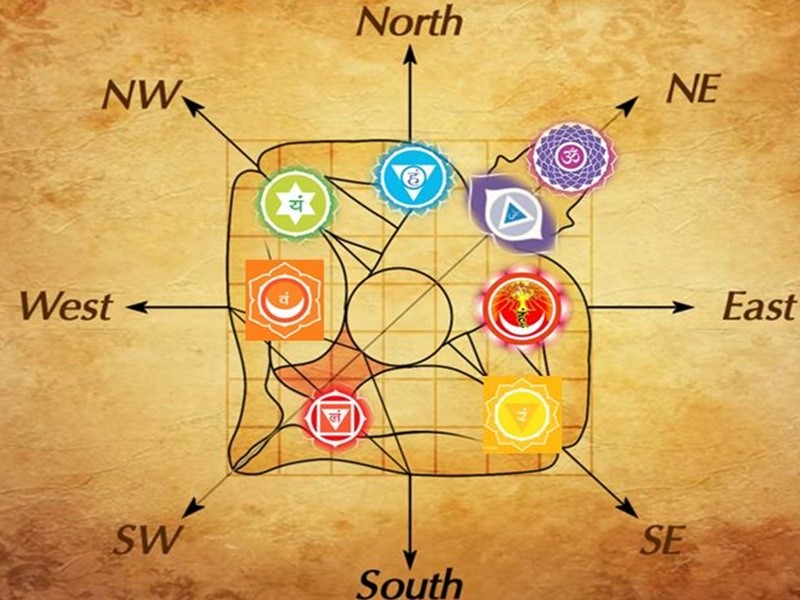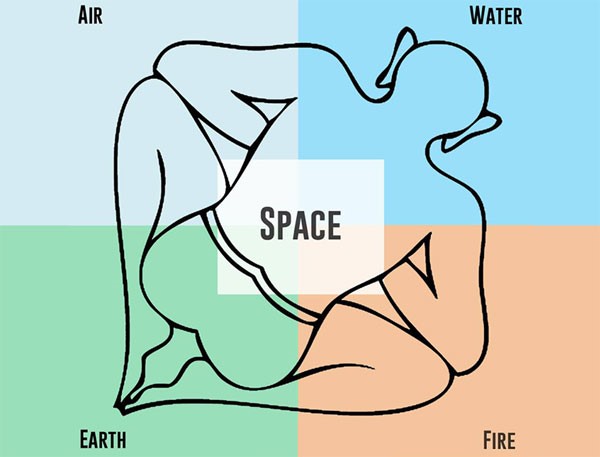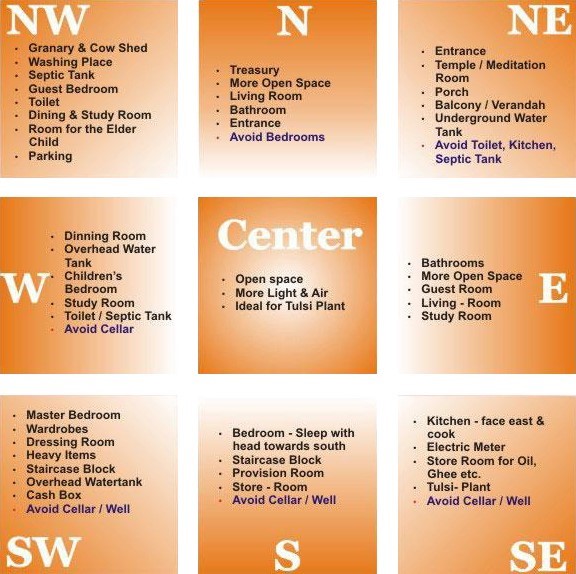Vaastu is governed by laws, decrees, and ordinances in the same way that every other subject is. Designing spaces that are most perfectly suited to the function and purpose of a location, dwelling, or business is the goal of the ancient Indian philosophy known as vaastu shastra. The first book on this subject is thought to have been written by saint Vishwakarma roughly three thousand years ago.People feel more energised and creative when they live and work in such an atmosphere, which also boosts social and financial success. It will be a house or location of troubles, anxieties, uncertainty, and lack of harmony if it is against the Vaastu principles and elements. Therefore, Vaastu shastra should be followed when building a home in order to maintain good health and happiness.
Vaastu Includes
- Establishing an atmosphere that makes you feel more vivacious, imaginative, and balanced.
- Creating a space that will improve sense of harmony, balance, and calm.
- Making use of shapes and colours to amplify the vitality, activity, and enthusiasm.
- The best location for desks, beds, plants, mirrors, and other furniture to ensure the highest level of stability and security.

Vastu shastra components
In this world, everything and everyone has a place. That is the guiding principle of Vastu Shastra. There is a place in your home for everything, whether it is by means of luxuries or by divine intervention. A Vaastu Shastri is a practitioner of Vaastu Shastra who has extensive expertise in astrology, philosophy, and other fields. Their goal is to strike a balance between our demands as humans and our desire for harmony.
Vaastu seeks to minimise bad energy while boosting the creation and accumulation of positive energy around people. This is achieved by making sure there are plenty of the following:
Light or Agni – Enough natural light to live comfortably (essential to create energy.)
Vayu, or air– is continuously ventilated throughout the house (essential to sustain energy.)
Water or Jal– For hydration and survival (essential for life.)
Earth or Prithvi– Our inside organs are impacted by the magnetism of the Earth’s poles.
Energy is drawn from space, also known as aakash.

Vaastu provides fundamental instructions
- PLOT: A rectangle or square shape is recommended. The property should slope as far as possible toward the north and east or northeast. This is due to the sun rising from the East, which is the primary source of light and heat for humanity and is highly revered by Hindus. It is thought to be a virtuous course.
- LIVING ROOM: The ideal locations for the living room are in the east, north, and northeast. Ideally, the room won’t have any impediments (pillars, beams, etc.)
- BEDROOM: According to Vaastu, the bedroom should face southwest, south, or west. Sleeping in a particular direction is also highly significant. Due to the alignment of the body’s magnetic fields, one should never sleep with their head in the north. Towards the south when you sleep will ensure long life. Ideally, the kids’ room should be in the northwest.
- KITCHEN: The southeast, followed by the northwest and east, is the best location for the kitchen in the home.
- TOILET: The restroom should be on the northern or eastern side.
- MANDIR: The northeast corner of the home is the ideal location for a mandir.
- MATERIAL AND CONTENT: When building a home or moving into an older home, it is best to utilise solely fresh materials.
- WINDOWS: There are a lot of big windows with lots of ventilation, so air can flow.

Thus, creating a space devoid of Vaastu principles and elements might become a place full
of difficulties, worries, uncertainty, and less/no harmony. So, to remain healthy and happy
one should incline more towards constructing the house according to Vaastu shastra.
